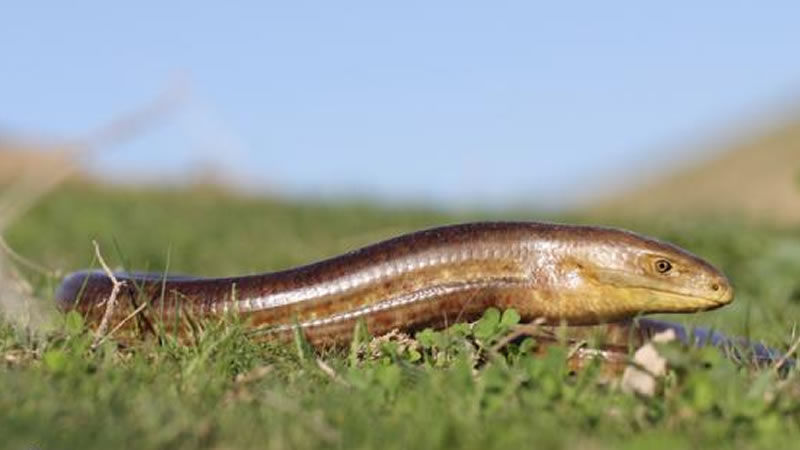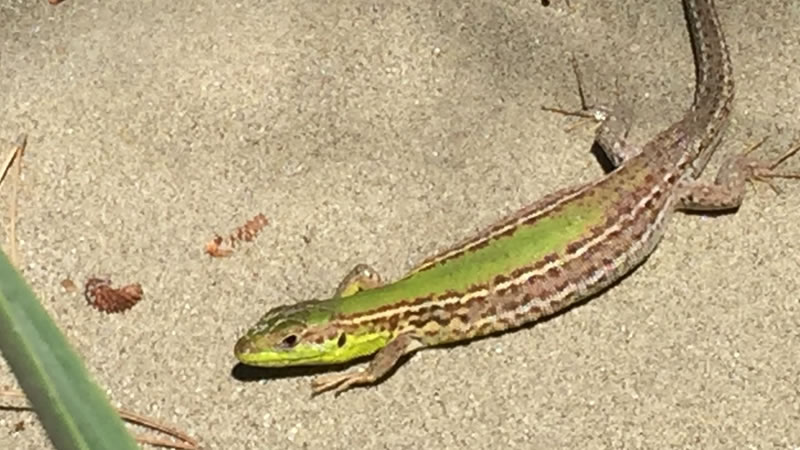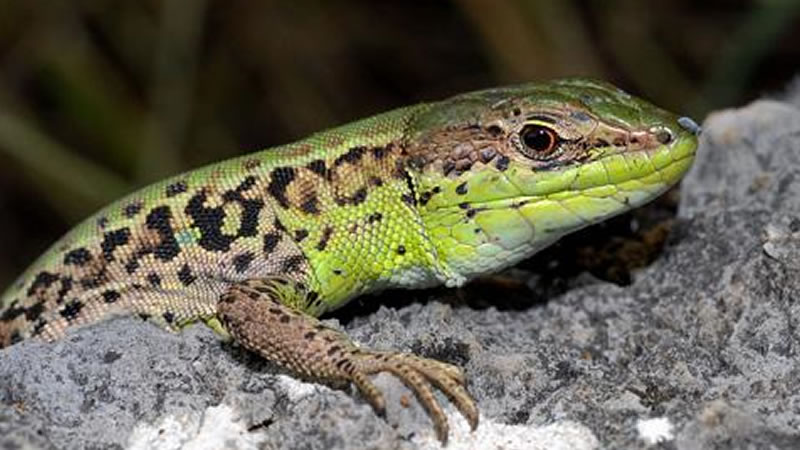
European glass lizard (Ophisaurus apodus or Pseudopus apodus)
It probably got its name from the small star-like spots in the sky (stella is the Latin word for star) and agama from the agamid family of which it is a subspecies.
Scared and harmless to humans, a lizard with a total length of up to 30cm including the tail, which is slightly longer than the body. It prefers stony and dry habitats and likes the sun. Hides in crevices of rocks or stone walls if startled and climbs rocks and trees skillfully. It feeds mainly on invertebrates but also on small lizards and plant foods. It mates twice a year and females lay 6-10 eggs each time.
Head lightly depressed, vertebral scales heterogeneous, irregular, keeled, larger than other small dorsals, intervertebrals moderately large and interrupted at regular intervals by a row of transverse much enlarged mucoid scales. Tail section of two whorls, tail length about one and a half times snout-vent distance. coloration highly variable (usually 4-5 yellowish vertebral spots on dark gray ground color). 3–5 rows of procloacal hard glands and a small stripe on the abdomen in males that have yellow to red heads during the breeding season.


